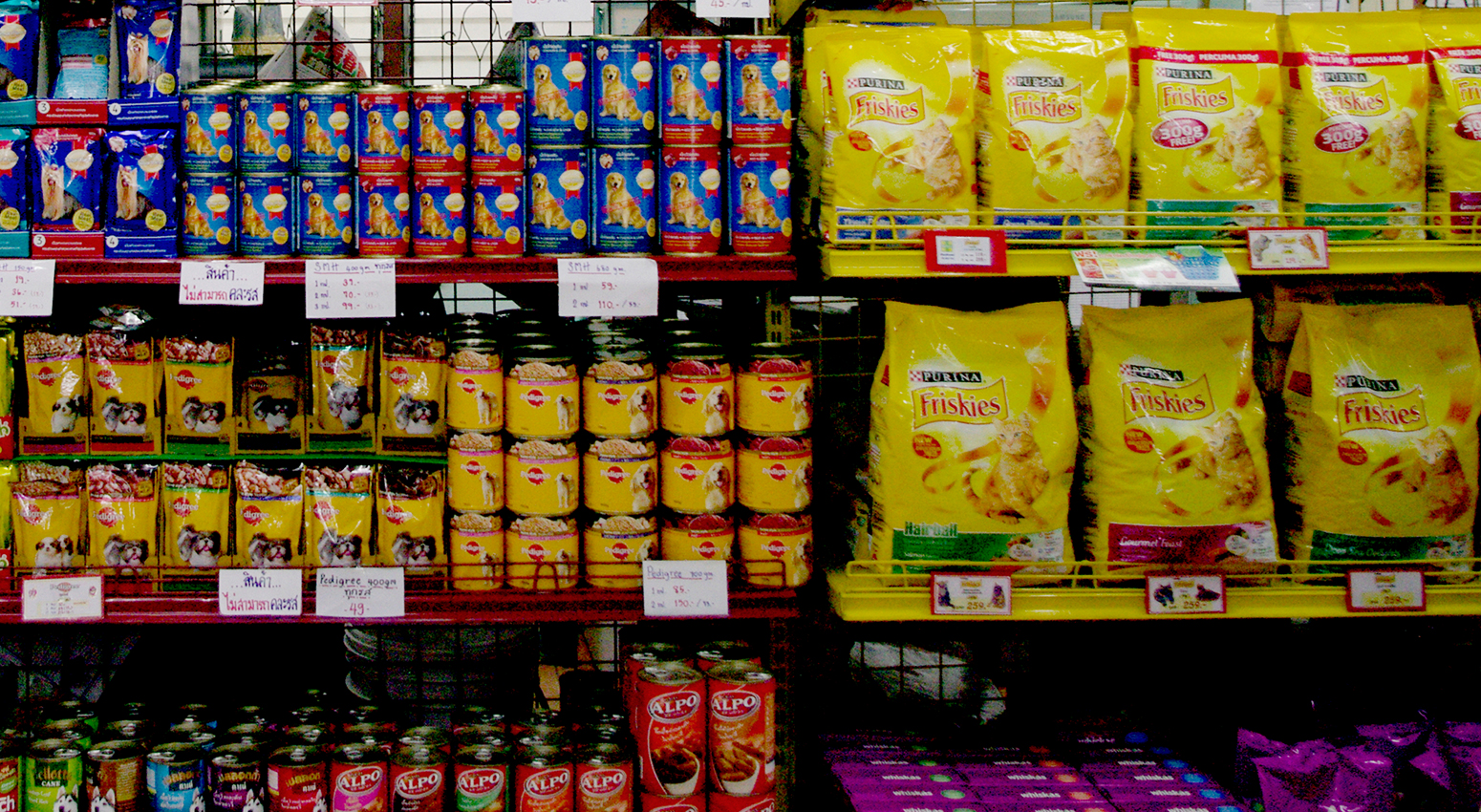There are many things a brand should consider when planning to implement a minimum advertised pricing policy (MAPP). How MAPP prices are determined, what are the non-compliance penalties, and who the internal point person will be are just a few examples. But there is another, frequently overlooked question: “Should we MAPP all of our products?”
Many companies don’t ask that question because they don’t realize it’s an option. They think it’s an all or nothing proposition but it’s not. The truth is, that a company can choose to MAPP whichever products it wants. And, in most cases, taking a more selective strategy is the best way to go.
The main consideration in MAP Policy product selection should be based on value. After all, MAP Policies are intended to protect not only profit margins, but perceived value as well. Adopting and enforcing MAPP will, in some cases, end with a customer being suspended from doing business with the brand. Is it worth giving up a good relationship and some potentially good revenue if the discount is for a slow-moving item?
Frequently, brands create product lines with different variations. Supplements come in different volumes and dosages. Pet food is offered in various weights, breeds and flavors. Clothing is made with a diverse set of colors, sizes, gender, etc. Over time, to keep a line fresh, toy companies may create line additions like “glow-in-the-dark,” or “minis.”. This is done not only to extend the life of a brand, but to give the product line a broader appeal to consumers.

Retailers order an assortment of these different options. Sometimes that’s because the brand requires it and sometimes it’s because the reseller wants to offer consumers more choices. But the reality is that not all of those variations will sell the same volume or at the same velocity. There’s always a best-selling color or size. The best-selling option is the product to include in the MAP Policy.
If the company still isn’t sure which products to MAPP, another good way to think about it is to apply the 80/20 rule. In the case of MAPP product selection, ask which 20% of its products make up 80% of its revenue? The brand should focus on those products and protect them like a junkyard dog.
There are many benefits in using a selective MAPP product selection strategy. Here are few of them:
- Letting retailers discount slower movers helps them to sell-through those items at approximately the same rate as the fast movers. Therefore, they will have more turns and reorders throughout the year.
- In addition to increasing sales, retailers will appreciate that the brand understands their challenges and become more loyal (and perhaps more willing to take risks on a broader range of products).
- A focused approach lowers the risk of suspending more valuable accounts and reducing top line revenue.
- It reduces the internal friction caused by managing large MAPP catalogs through SKU-based enforcement, ever changing do-not-sell lists, cancelled PO tracking, etc.
Given the importance of protecting brand integrity and avoiding price erosion, having a MAP Policy that works is essential. Planning for success is important in order to avoid starts and stops that can be both frustrating and confusing. It’s understandable that brands want to protect ALL of their products, but from the perspective of using a MAPP strategy, a smart product selection process is the best way to go.